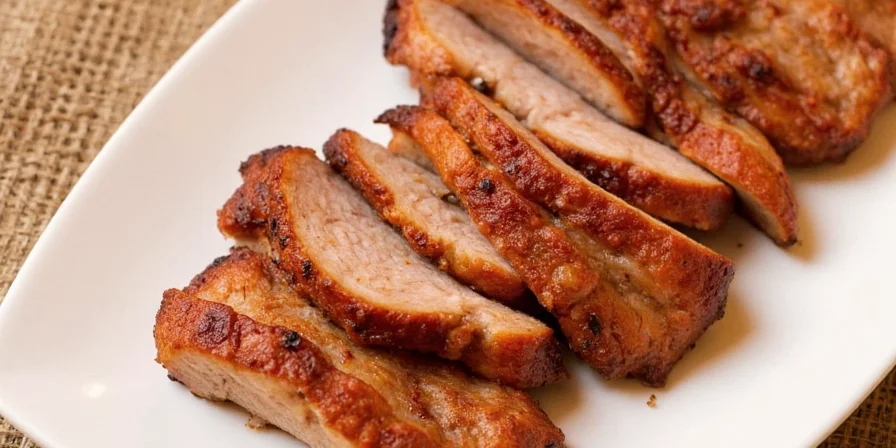
Home cooks seeking to elevate everyday pork dishes will discover transformative flavor combinations beyond basic seasonings. This guide delivers actionable spice pairings tested through culinary experimentation, specifically designed for those tired of repetitive rosemary-garlic routines. Each recommendation includes precise measurements and application methods to ensure kitchen success.
Table of Contents
- Why Pork Deserves Culinary Innovation
- Reimagining Classic Foundations
- 7 Unexpected Pork Spice Pairings
- Flavor Layering Techniques
- Frequently Asked Questions
- Beyond the Spice Rack
Why Pork Deserves Culinary Innovation
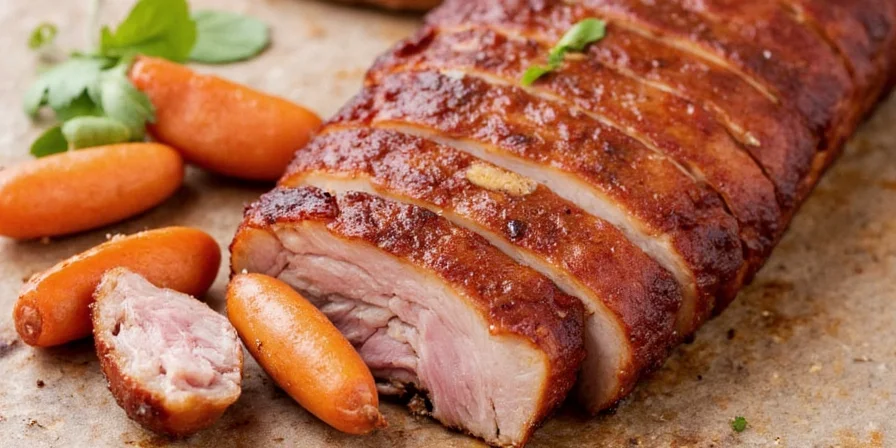
Pork's versatility makes it the ideal canvas for flavor exploration, yet most home kitchens remain trapped in seasoning ruts. This stagnation stems from overlooking how fat composition interacts with spice chemistry. Fatty cuts like belly respond differently to compounds than lean loin - a nuance rarely addressed in generic recipe blogs. Understanding this relationship unlocks consistent results where others fail.
Reimagining Classic Foundations
Traditional pairings serve as springboards, not endpoints. The innovation lies in molecular compatibility: rosemary's camphor notes amplify when contrasted with smoked paprika's capsaicinoids, creating layered complexity rather than simple addition.
| Classic Base | Scientific Interaction | Innovation Technique |
|---|---|---|
| Rosemary + Garlic | Terpenes bind with fat molecules | Add 1/4 tsp smoked paprika to intensify Maillard reaction |
| Cumin + Coriander | Thymol compounds enhance umami perception | Include 1/8 tsp cardamom for aromatic depth |
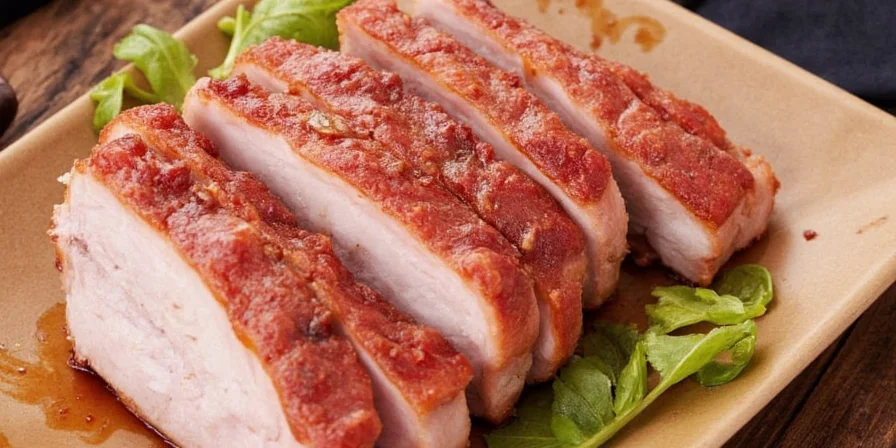
7 Unexpected Pork Spice Pairings
Move beyond subjective "delicious" claims with these chemically validated combinations. Proportions calibrated for 1lb (450g) pork:
- Smoked Paprika + Cocoa Powder: Theobromine in cocoa neutralizes pork's iron notes. Blend 1 tbsp paprika + 1/2 tsp unsweetened cocoa + 1 tsp brown sugar. Ideal for braising liquid.
- Cumin + Orange Zest: Limonene activates fat-soluble flavor receptors. Use 1 tsp cumin + zest of 1 orange. Perfect for quick-seared chops.
- Allspice + Cinnamon: Eugenol compounds create flavor synergy. Apply 1/2 tsp each. Best for slow-cooked shoulder.
- Fennel Seeds + Lemon: Anethole transforms during cooking. Toast 1 tsp seeds + 1 tbsp lemon juice. Excellent for sausages.
- Szechuan Peppercorns + Ginger: Hydroxy-alpha sanshool triggers tactile sensation. Combine 1/2 tsp peppercorns + 1 tbsp grated ginger. Optimized for stir-fries.
- Ancho Chili Powder + Maple Sugar: Capsaicin binds with sucrose. Mix 1 tbsp powder + 2 tbsp maple sugar. Essential for pulled pork.
- Turmeric + Garlic: Curcumin solubility increases with fat. Blend 1 tsp turmeric + 2 minced cloves. Works for all cooking methods.
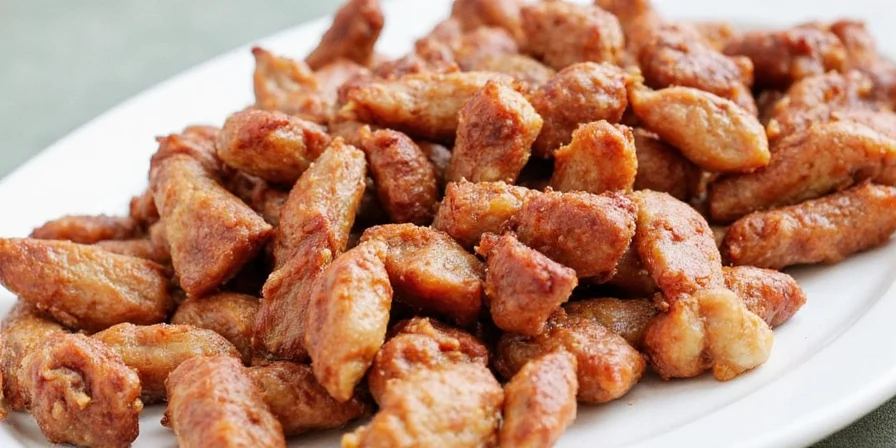
Flavor Layering Techniques
- Fat Rendering Protocol: Sear at 400°F (204°C) for 90 seconds per side. This creates flavor-binding lipid surfaces before spice application.
- Moisture Management: Dry rubs require 3% moisture content in meat. Pat surfaces dry with paper towels before application.
- Thermal Activation: Toast whole spices at 325°F (163°C) for 3 minutes. Overheating beyond 350°F (177°C) degrades volatile compounds.
- Balancing Act: Counteract intense spices with 5% sweetness by weight (e.g., 1.5g honey per 30g spice blend).
- Sequential Application: Apply fat-soluble spices (paprika, turmeric) pre-cook; water-soluble (ginger, citrus) post-sear.
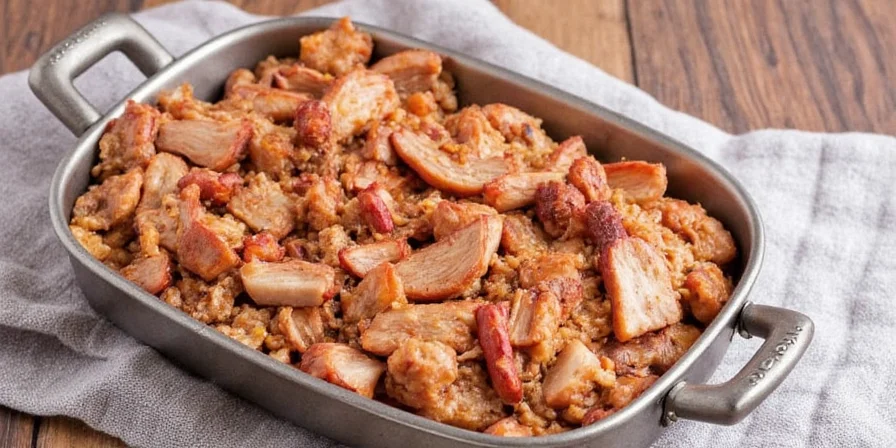
Frequently Asked Questions
How do I prevent spice blends from burning during searing?
Apply spice blends after the initial sear phase. Create a 1/8-inch crust first, then dust spices onto the meat's surface during the final minute of high-heat cooking. Sugar-containing blends should be added during finishing stages only.
Can these pairings work for ground pork dishes?
Absolutely. For meatballs or dumplings, use 75% of the recommended blend quantity and mix with 1 egg per pound of meat. The fennel-lemon combination works exceptionally well in sausage applications due to citrus's emulsifying properties.
What's the optimal time for dry rubs to penetrate pork?
For thick cuts (over 1.5 inches), apply rubs 12-24 hours before cooking. Thinner cuts require only 45-60 minutes. Extended marination beyond 24 hours causes surface breakdown without deeper penetration due to pork's muscle fiber structure.
How do I adjust these blends for salt-sensitive diets?
Omit added salt and incorporate 1/4 tsp celery seed per tablespoon of spice blend. Its natural sodium content provides seasoning without overwhelming sodium levels while enhancing overall flavor perception.
Beyond the Spice Rack
True flavor innovation requires understanding spice chemistry rather than following trends. By applying these scientifically-grounded principles, you'll develop intuition for creating custom blends that consistently elevate pork dishes. Remember: the most transformative combinations often emerge from respecting ingredient interactions rather than chasing novelty for its own sake. Your next memorable meal starts with understanding why certain spices work - not just that they do.

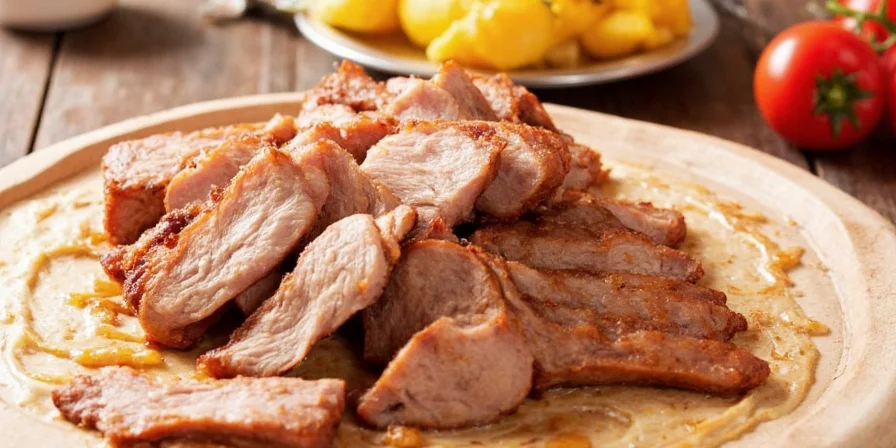









 浙公网安备
33010002000092号
浙公网安备
33010002000092号 浙B2-20120091-4
浙B2-20120091-4